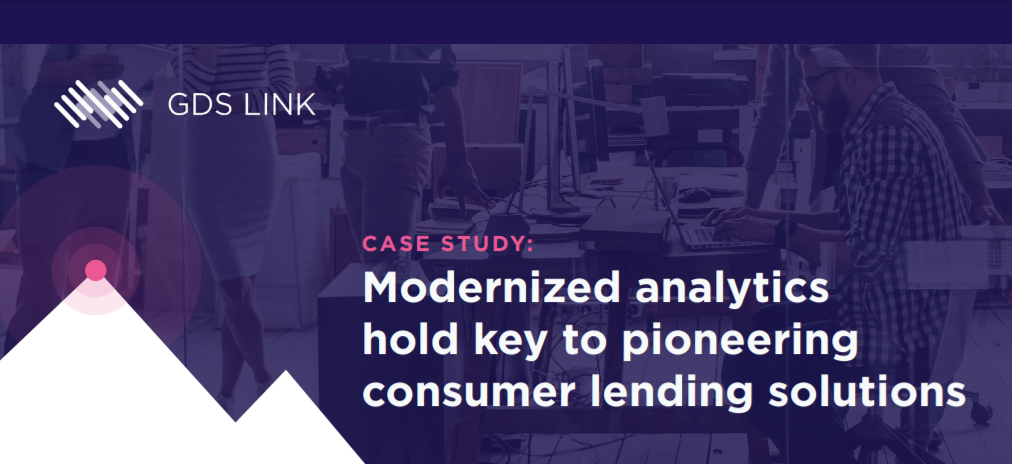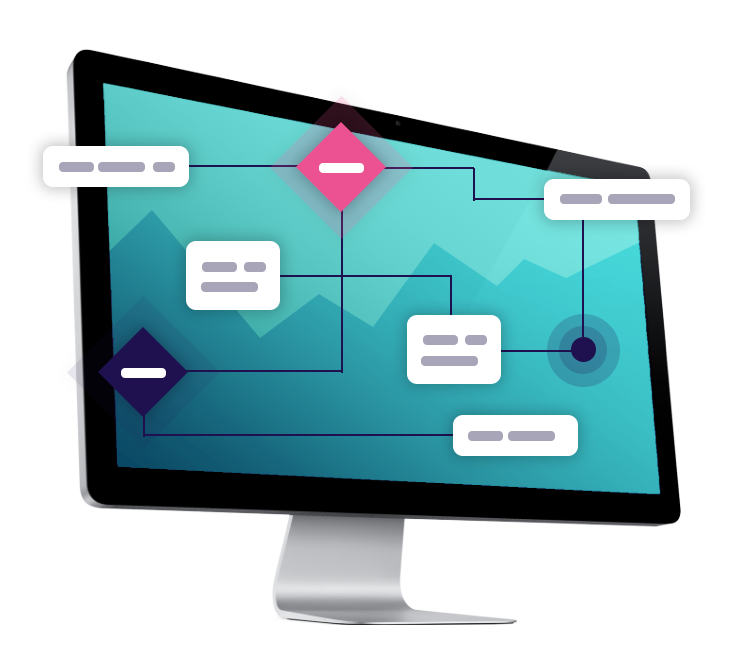Credit Risk Lifecycle – Management, Process & Banking
As lending markets change and new generations of borrowers hit prime earning years, the financial landscape shifts. Government oversight has swiftly intensified, regulations are tightening, and lending has become exponentially more complex.
Fintech and alternative lending options are in growth mode, largely because loans to small businesses are currently struggling with less collateral or reduced cash flow, making them appear less creditworthy.
Optimizing a lending portfolio is impossible without strong analytics strategies across the whole credit lifecycle. With analytics, high-quality leads can be secured, leading to better origination. Lenders can enter and maintain a growth cycle and manage collections internally if required.
The Credit Risk & Loan Origination Lifecycle – Stages & Process
The lifecycle of credit risk management is continual. It revolves around the four phases of lead buying, loan originations, account management, and collections – before the process begins again with a new offer to existing customers in good standing completing the loop.
Analytics can be the key to streamlining and modernizing your credit risk management lifecycle. Since lenders must be proactive and flexible while remaining well-organized and disciplined, creditworthiness can’t be summed up in an initial approval. Vigilance must be employed to mitigate and limit fraud, and a finger must be kept on the pulse of borrowers’ health.
Lead Buying
Prospecting, or lead buying, is the start of the credit lifecycle. By applying analytics, lenders can acquire the right leads based on their decisioning rules and policies and achieve the highest possible conversions.
COVID effectively “turned off” lead buying engines as temporary rules and policies emerged. Now that engines are “turned on” again, evaluating consumers and SMBs accurately is vital.
Preapprovals are often not sufficient for accurate lead-buying. If 500 preapproved leads only yield ten actual approvals during the decisioning process, the returns may not be sufficient to cover the 490 bad leads paid for – and certainly won’t maximize revenues.
Evaluating potential borrowers is a critical point in the credit lifecycle. Verifying potential customers is the best way to help minimize fraud. The gold standard for evaluating small businesses is blending analysis of the borrower’s company data and their personal financial and credit history to assign risk tolerance levels appropriately.
Loan Origination
Accurate decisioning to drive loan origination requires the right models, analytics, and sources. Having the best, most current, and most relevant data available at all times allows instant decisioning power to achieve peak performance for your portfolio.
Providing loan origination officers and decisioning engines with optimized data decisions capabilities helps them accurately identify, target, and evaluate the best candidates among loan applicants and surface their applications for processing.
Account Management
Ideally, borrowers will require little or no management, and most actions can be automated to keep customer relationships running smoothly. If contact is required, action can be informed by predictive intelligence using algorithms that analyze real-time data from multiple sources to de-duplicate data and increase accuracy for closer customer tracking.
Bank transaction data can be invaluable in evaluating the ongoing creditworthiness of a loan customer. Increases in deposits or average daily balances can indicate a rise in income. Decreases or cessation of a direct deposit can indicate job loss. Consistently low or overdrawn bank accounts speak to cash flow problems or new debt.
The continual analysis allows lenders to manage accounts profitably continually. Various alerts can be set up to prompt offers for different lines, such as insurance or an auto loan. Data can indicate if a consumer is ready to be introduced to a new product in the portfolio or be leveraged as a pre-collections trigger by identifying consumers in trouble.
Collections
Predictive analytics can provide a scoring system for debtors that helps collections agents prioritize their workload and bring late- or no-pay customers into good standing. This can stabilize and strengthen your bottom line while allowing you to gather data to tighten your prospecting and decisioning models.
Agents can use analytics to prioritize accounts and build a decision tree. If one client doesn’t pay at 30 days but always pays by 45 days if a text is sent, it’s a low-risk account that can likely be handled via automation. Consider adding a reminder text before the 30-day mark to help them improve their payment cycle and avoid late fees. If another credit customer stands at 60 days but has never been late, hand the case off to a junior collector. Seriously delinquent accounts unresponsive to the outreach can be bumped to a senior collections agent.
Giving front-line officers timely, accurate data will help them interpret events in tandem with credit-review teams to proactively address concerns over accounts, whether that is lowering a credit limit if a borrower is going into collections with other lenders or closing an account entirely if bankruptcy is declared.
GDS Link – Credit Lifecycle Management
GDS Link specializes in risk management software and analytics solutions for banks, credit unions, and alternative lenders, delivering analytics through software spanning the entire lifecycle. From lead buying through loan origination and decisioning to underwriting and fraud prevention, we deliver solutions to attract and evaluate borrowers more accurately.
- For more information about GDS Link’s portfolio of Credit Risk Solutions and Services, visit: https://www.gdslink.com/solutions/
- For further insights about GDS Link’s Analytical and Advisory Services, visit: https://www.gdslink.com/services/
In our latest Case Study, GDS Link’s Analytics Team worked with a client known as a pioneer in consumer lending and helped grow their lending volume by 400%. Click below to see how we did it.
Related Credit Risk Management Articles
- Benefits & Risks of Mobile Banking
- Risk Management & Data Analytics for Small Businesses
- Automated Risk Management to Unlock Human Potential
- Credit Risk Evaluation Process
- Top 4 Major Challenges of Credit Risk Management in Banks
- Credit Risk Scorecard Model Development, Monitoring & Reporting
- Risk Analytics Foundational to Broad Financial Services Innovation
- What Are The Different Types of Credit Risk
- Why Credit Risk Management is Important for Credit Unions
- Credit Risk Management Platform
- What’s the Right Approach to Credit Risk Modeling?











